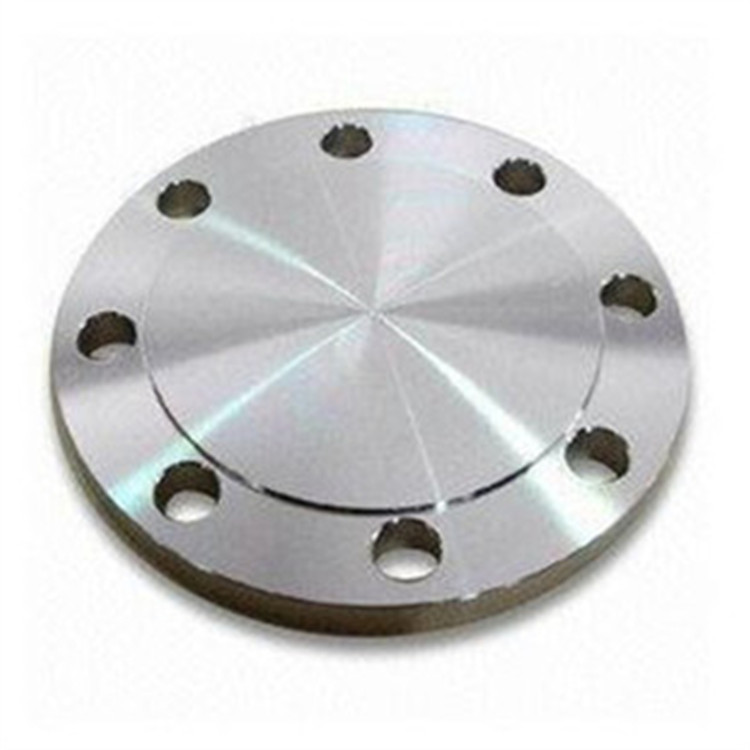Different Types of Electric Actuators and Their Applications in Various Industries
Understanding Electric Actuator Types
Electric actuators are essential components in numerous industrial applications, enabling precise control of mechanical movements. Unlike pneumatic or hydraulic actuators, electric actuators convert electrical energy into mechanical energy, causing linear or rotary motion. With varying designs and functionalities, electric actuators can be categorized into several types, each tailored to specific applications and requirements.
Types of Electric Actuators
1. Linear Actuators Linear electric actuators produce straight-line motion and are widely used in applications where force needs to be applied in a linear direction. These actuators can be further divided into two subcategories - Screw-type Actuators Screw-type actuators use a screw mechanism to convert rotational movement into linear motion. They are valued for their ability to produce high forces and are often used in applications like robotic arms and automated machinery. - Belt-driven Actuators Using a belt mechanism, these actuators achieve linear movement with relatively high speed. They are favored in situations where quick positioning is essential, such as in conveyor systems or pick-and-place operations.
2. Rotary Actuators Rotary electric actuators generate rotational movement, making them suitable for applications requiring a pivot or turning motion. They are commonly found in industrial processes, valve control, and robotics. Rotary actuators come in different designs - Electric Motors Standard motors can operate in rotary actuator configurations, controlled through variable frequency drives (VFDs) or servo systems for precise speed and position control. - Servo Actuators These units provide highly precise movement and control through feedback systems. They are employed in robotics and CNC machinery, where exact positioning is vital.
3. Servo Actuators A specialized class of rotary actuators, servo actuators offer high precision and control through feedback mechanisms. They utilize encoders and controllers to ensure accurate positioning and speed management. This makes them ideal for applications such as robotics, automated guided vehicles (AGVs), and complex machinery where synchronization and accuracy are paramount.
electric actuator types

4. Stepper Motors Stepper motors are unique electric actuators that move in discrete steps rather than continuous rotation. This feature allows for precise control over movement and positioning. Stepper motors are often used in applications requiring controlled motion, such as in 3D printers and CNC machines.
5. Piezoelectric Actuators These are specialized actuators that utilize piezoelectric materials to create movement when an electric voltage is applied. They are known for their quick response times and precise positioning capabilities. Piezoelectric actuators are predominantly used in applications requiring micro-positioning, such as optical systems and high-resolution imaging.
Applications of Electric Actuators
Electric actuators find applications across various industries due to their versatility and efficiency. In industrial automation, they streamline processes by enabling precise movements of belts, conveyors, and robotic arms. In the automotive industry, they facilitate everything from opening and closing mechanisms to controlling engine components. Moreover, they are increasingly used in household appliances, such as automated blinds and smart home systems, enhancing convenience and functionality.
Conclusion
The choice of an electric actuator depends on the specific application requirements, including the type of motion needed (linear or rotary), precision, speed, and load capacity. As technology continues to evolve, the capabilities and efficiency of electric actuators are expected to improve, further enhancing their utility in diverse sectors. Whether in industrial automation or everyday devices, electric actuators play a crucial role in driving innovation and efficiency.
-
The Key to Fluid Control: Exploring the Advantages of Ball Valves in Industrial SystemsNewsJul.09,2025
-
The Versatile World of 1, 2, and 3 Piece Ball ValvesNewsJul.09,2025
-
Stainless Steel Ball Valves: The Ideal Choice for Efficient Flow ControlNewsJul.09,2025
-
Optimizing Fluid Control with Ball Float ValvesNewsJul.09,2025
-
Manual Gate Valves: Essential for Control and EfficiencyNewsJul.09,2025
-
Everything You Need to Know About Butterfly ValvesNewsJul.09,2025
-
The Versatility of Wafer Type Butterfly ValvesNewsJul.08,2025




